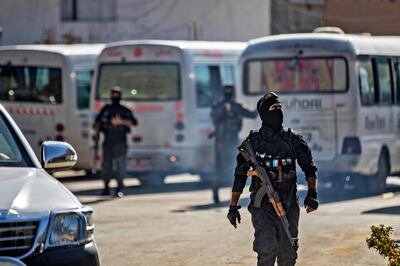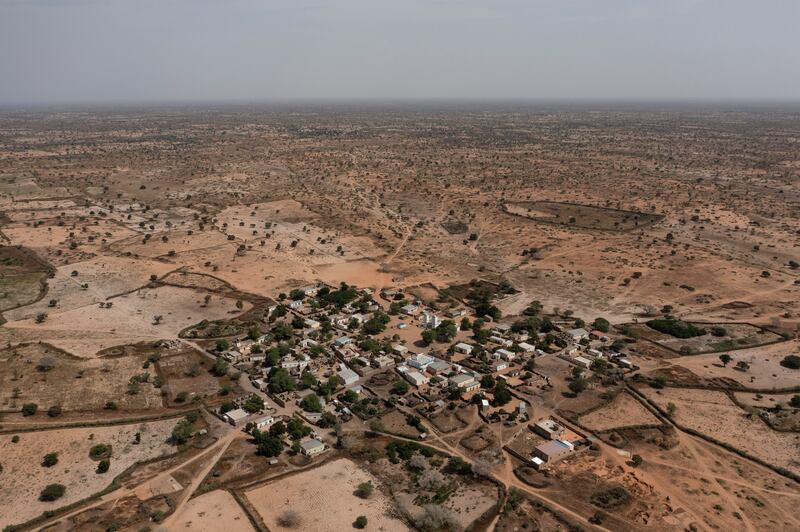Africa's Sahel region continues to experience the world's fastest growth in terrorist activity, as well as some of the worst ecological degradation, which is being amplified by climate change, a global report has found.
Challenges in the region have become systemic and include poor food security, a lack of adequate water, weak governance, rampant criminality and some of the fastest population growth rates globally, according to the Global Terrorism Index, which measured the number of terrorist-related incidents in 2022.
Deaths linked to terrorist activity in the Sahel region increased by 7 per cent and are now higher than those in South Asia and the Mena region combined.
The area is also the region most affected by terrorism, representing 43 per cent of deaths linked to extremism worldwide.
“We want to address the underlying causes of terrorism. It means we've got to address a lot more than just the terrorist acts themselves or the terrorist groups themselves,” said Institute for Economics and Peace founder and executive chairman Steve Killelea.
“Otherwise, it to keep manifesting back in some form of the insecurity in some shape, way or form.”
West African countries have been struggling with extremist militants linked to Al Qaeda and ISIS for several years. The violence has killed thousands and displaced millions across the Sahel region.
Last May, at the height of the violence, UN agencies said millions of refugees and displaced people in the Sahel region faced severe hunger, as food rations were cut by up to half in some areas because of a funding shortfall.
In response, Britain’s Minister for Development and Africa launched a multimillion-pound humanitarian fund for the Sahel region last month, with the UK committing £33 million ($39.64 million) over the next three years.
Mr Killelea said the Middle East as a whole registered “great improvements” last year in terms of counter-terrorism policies and a reduction in the number of attacks.
In the Mena region, the overall score continued to improve, building on the past six years, with the proportion of global terrorism deaths substantially dropping, from 57 per cent in 2016 to a little less than 12 per cent in 2022.
The region recorded 791 deaths in 2022, a fall of 32 per cent and the lowest number in the region since 2013. Attacks almost halved to 695.
There has also been a substantial drop in suicide bombings in the Mena region. In 2016, suicide bombings resulted in 1,947 deaths, while in 2022, there were only six suicide bombings that killed eight people.
However, Mr Killelea stressed that the report showed ISIS still remains active in Syria, more than a decade on from the outbreak of the civil war.
“ISIS is actually very active,” he said, listing statistics showing the number of deaths caused by the group globally shooting up by 43 per cent annually.
In Syria alone, the number of deaths attributed to ISIS in 2022 rose by 80 per cent, compared to the previous 12 months.

Mr Killelea warned that the recent earthquake that hit parts of northern Syria could create new breeding grounds for ISIS as more people grow desperate to find a way to feed their families.
This could make the terror group look more appealing to people who would have, in the past, rejected their ideology, he said.
“A lot of people are going to be more desperate for resources,” he said.
“The whole ISIS phenomenon in Syria is not on the decline. They are a highly potent and active force.”
Mr Killelea also said Saudi Arabia and Iran's plans to restore diplomatic relations offered new hope of a possible peace deal between Riyadh and the Tehran-backed Houthis in Yemen.
“I am hopeful that will occur sometime in the near future,” he said.
But the use of drones, which the Houthis have used to attack sites in Saudi Arabia and the UAE, would only become more prevalent, he said.
“We are going to be seeing drone activity more often,” he said.






